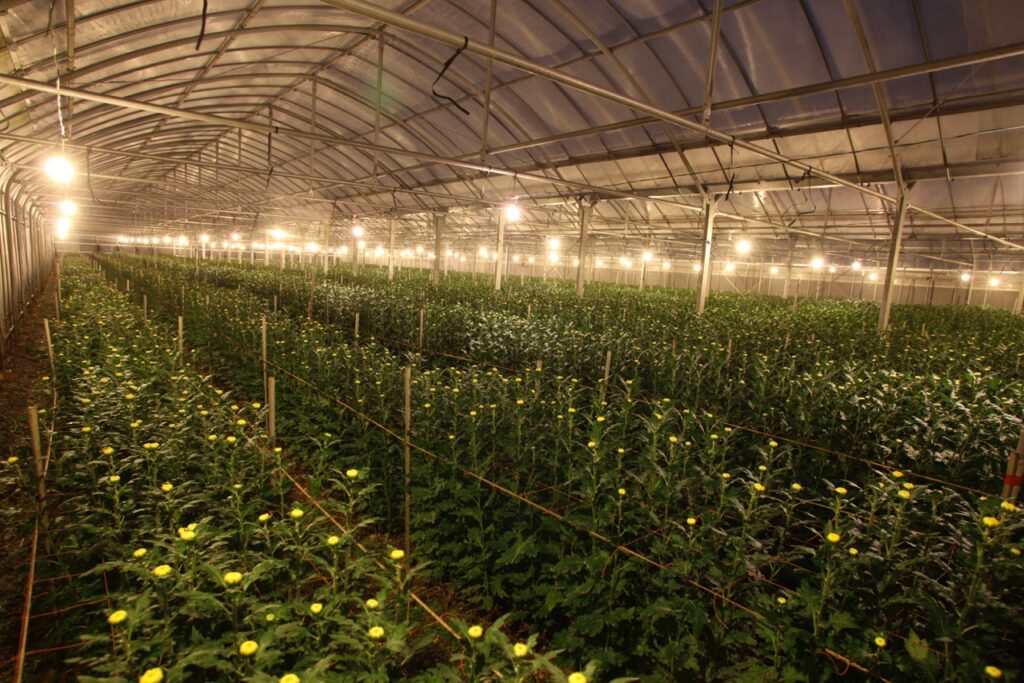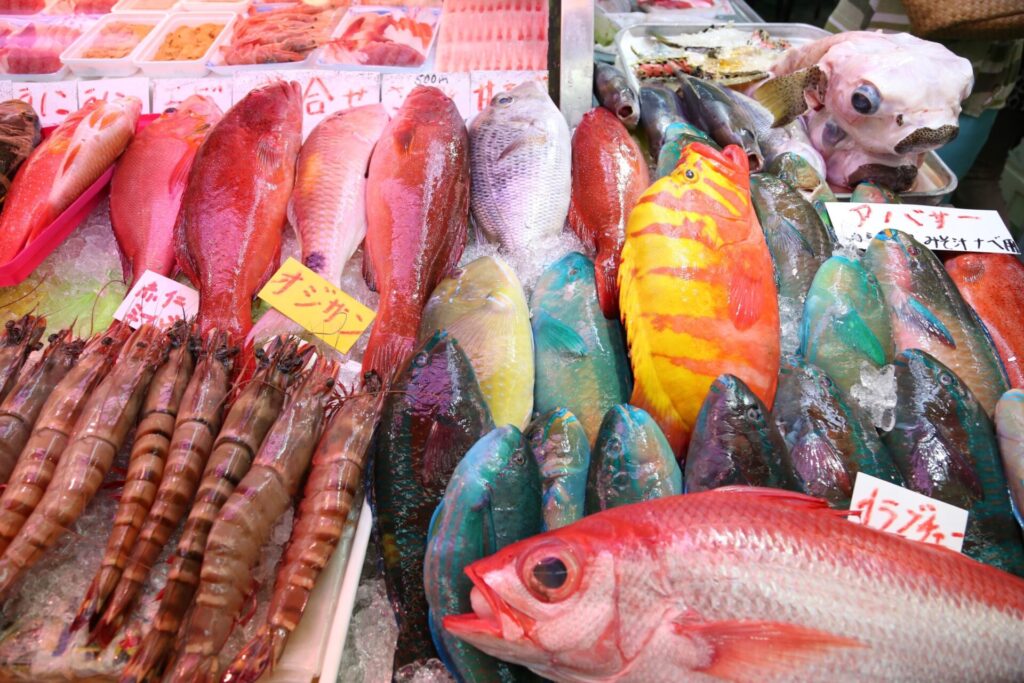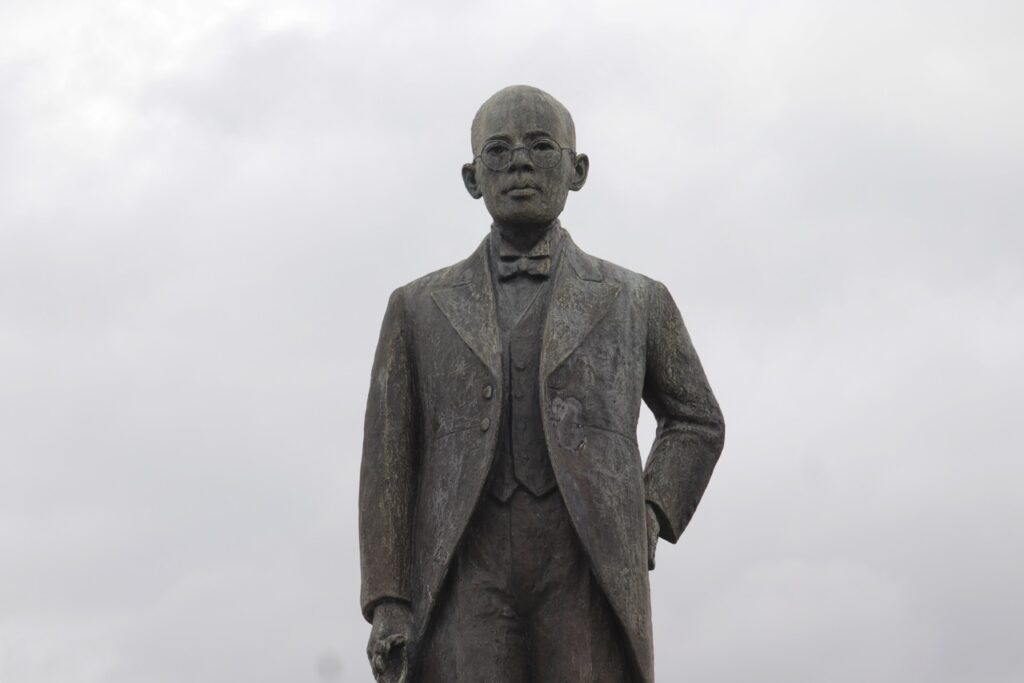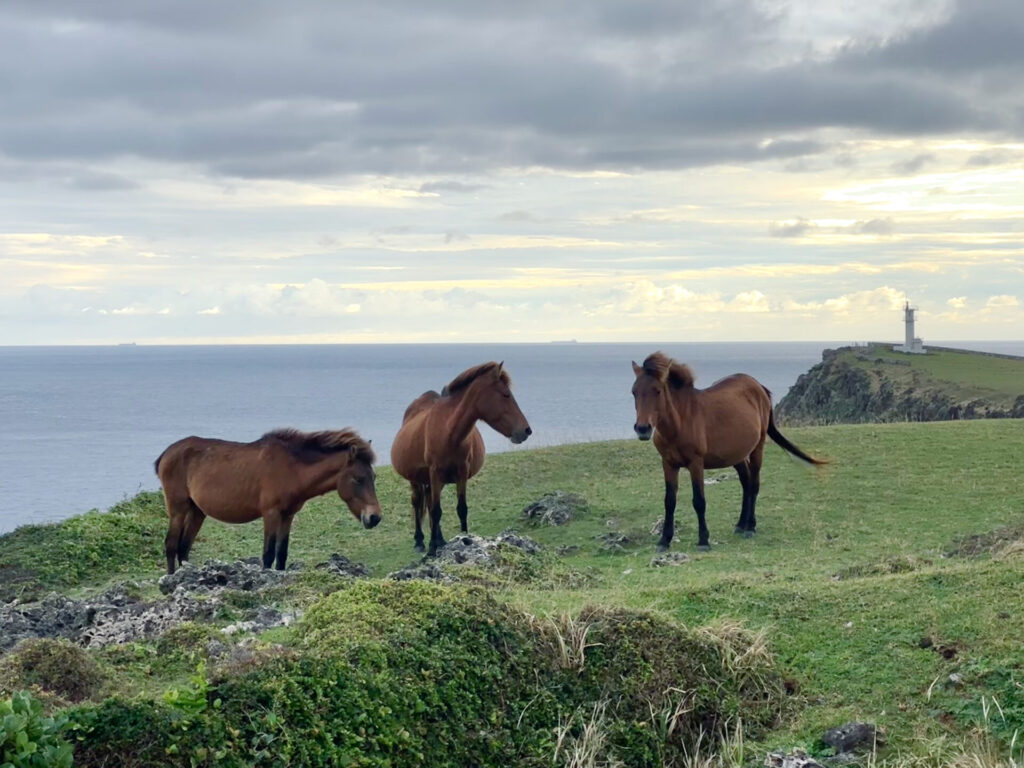Happiness Tree

Photo: TARUMI Kengo
When the wind blows, the leaves of the happiness tree (Garcinia subelliptica) do not rustle. It seems to me that instead they quake as though frightened. These trees also seem like they wouldn’t be very suitable for climbing. If you pass them when their flowers are blooming or shedding, you’ll find they stink. One would never call the perfume of a happiness tree blossom sweet. If the Chinese banyan is our leader of the pack, then I tend to think of the happiness tree as the runner up. It develops slowly, but it’s straight and true.
Recently, it’s become harder and harder to find places like Bise in the town of Motobu. Bise is famous for its picturesque rows of happiness trees, but I guess the times when these runners-up formed perimeters around villas is gone.
Happiness tree leaves are stiff, so much so that they serve as perfect substitute plates when children are playing house. If you gently pinch creases into one side of the leaf, you can peel away the green layer where the creases have cracked the flesh, which makes these leaves perfect for art projects—you can pinch a character or a picture into the surface and then peel it away, leaving only a white membrane.
Happiness tree trunks are gnarled and hard, and boiled, they serve as an ingredient in making precious yellow dyes. The happiness tree became the main channel by which yellow dyes were produced in Okinawa.
In the town of Haebaru there are seven happiness trees estimated to be about three hundred years old, and the town has declared them a natural treasure and a cultural asset. Two or three years ago, one of the trees sadly withered, though arborists did their best to save it. Wasps began nesting in it and there were fears about branches dropping and injuring people, so the town decided to cut it down. When it was felled, the town gathered the bark, which peeled easily from the tree, and they asked a local kasuri dyer to use the bark for dyeing. They desired that the tree that had been such an important cultural marker for three hundred years might at least live on through its color. The artisan immediately used this happiness tree to dye silk, and so it was reborn as a color a bit more stately than pure gold, a yellow-gold.
If you’ll allow me a slight digression, this is not unlike the time they bulldozed a sugarcane field to make a sports field—the leaves of the sugarcane were used to make tie-dye handkerchiefs. Sugarcane leaves yield a muted green that is nearly khaki colored—in this way scenery that has disappeared yet remains in the hues of our fabric.








































































































































































































































